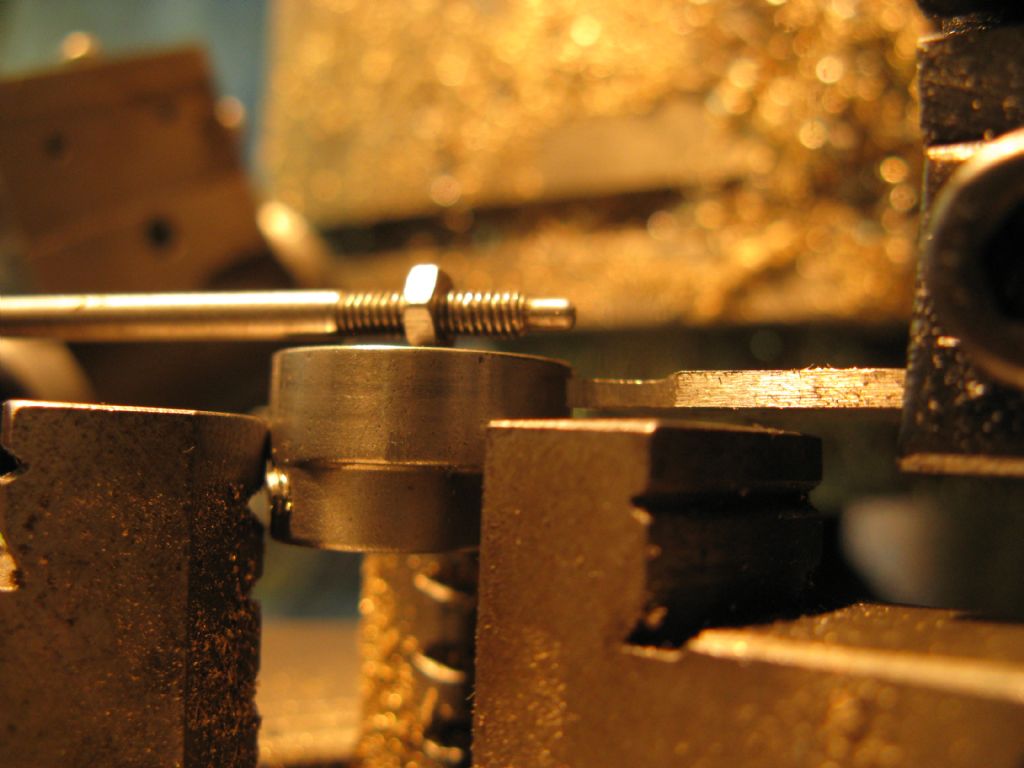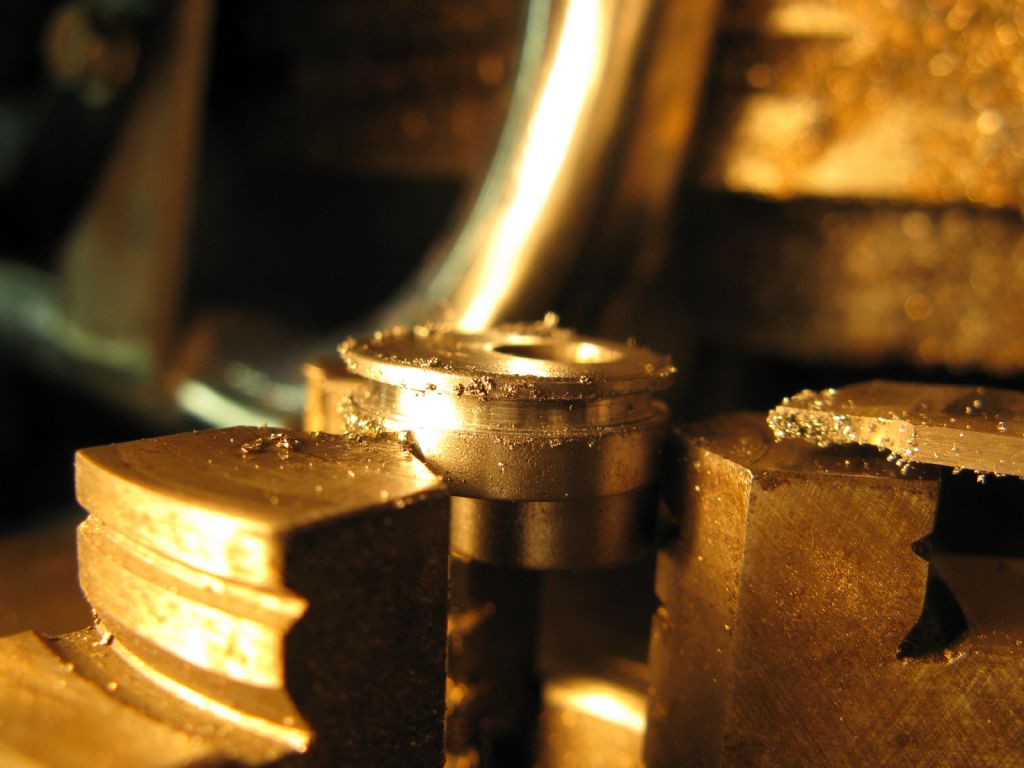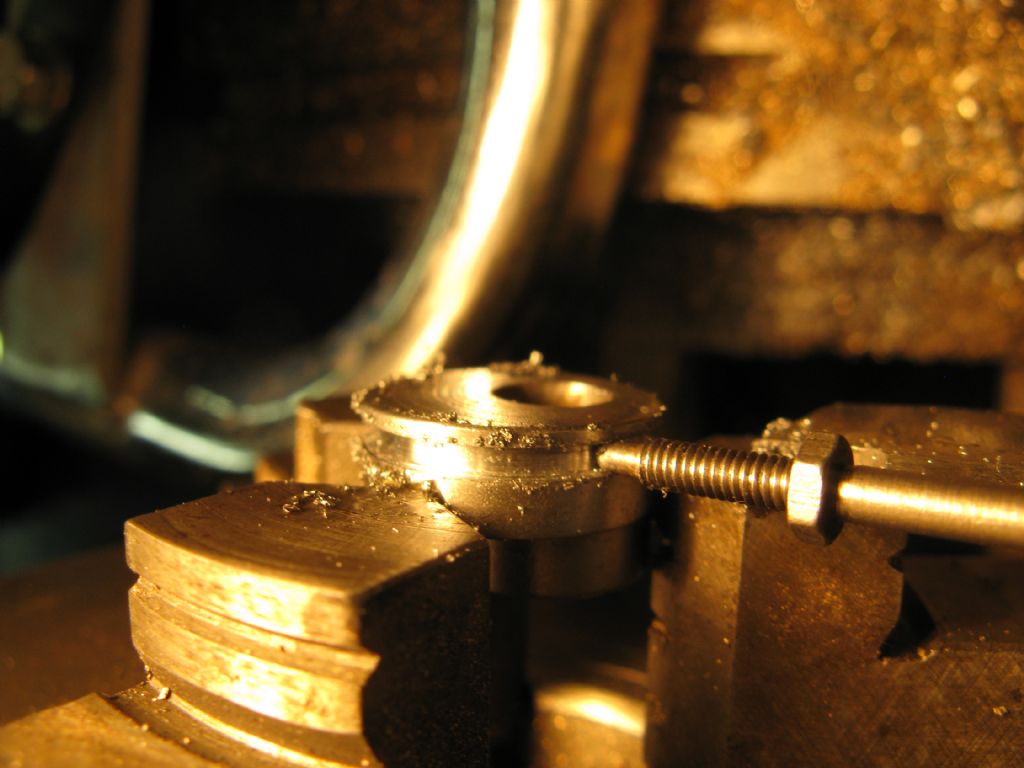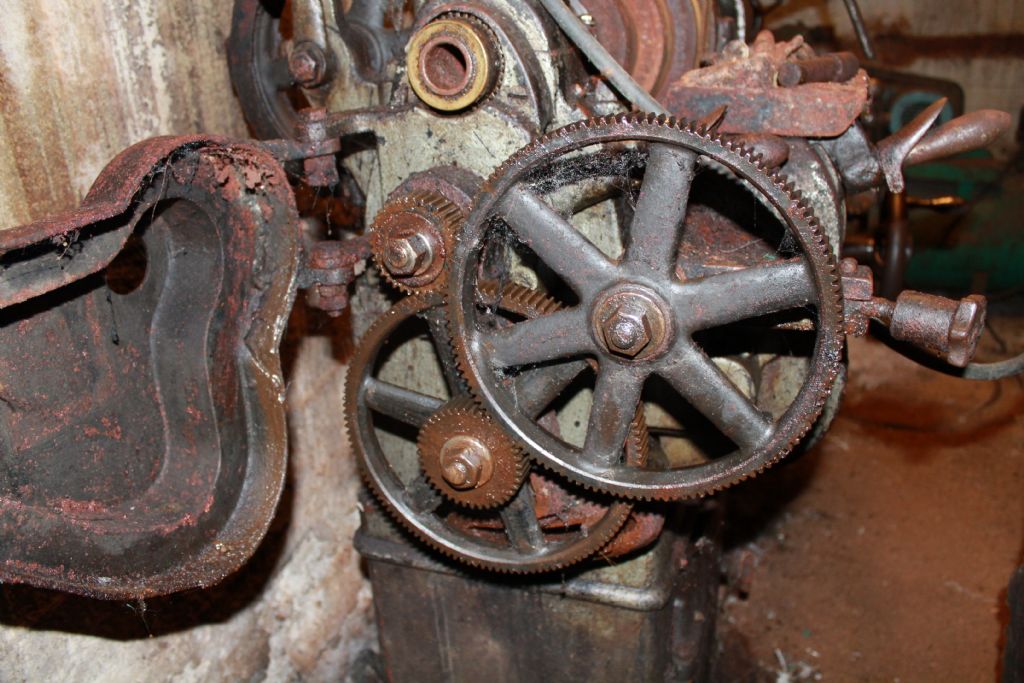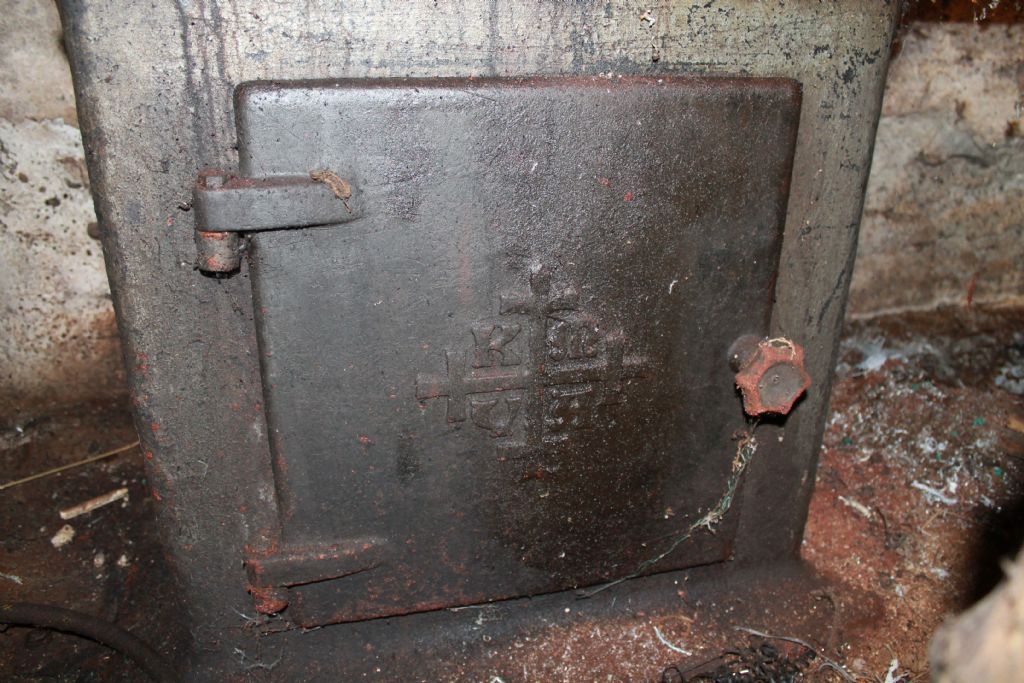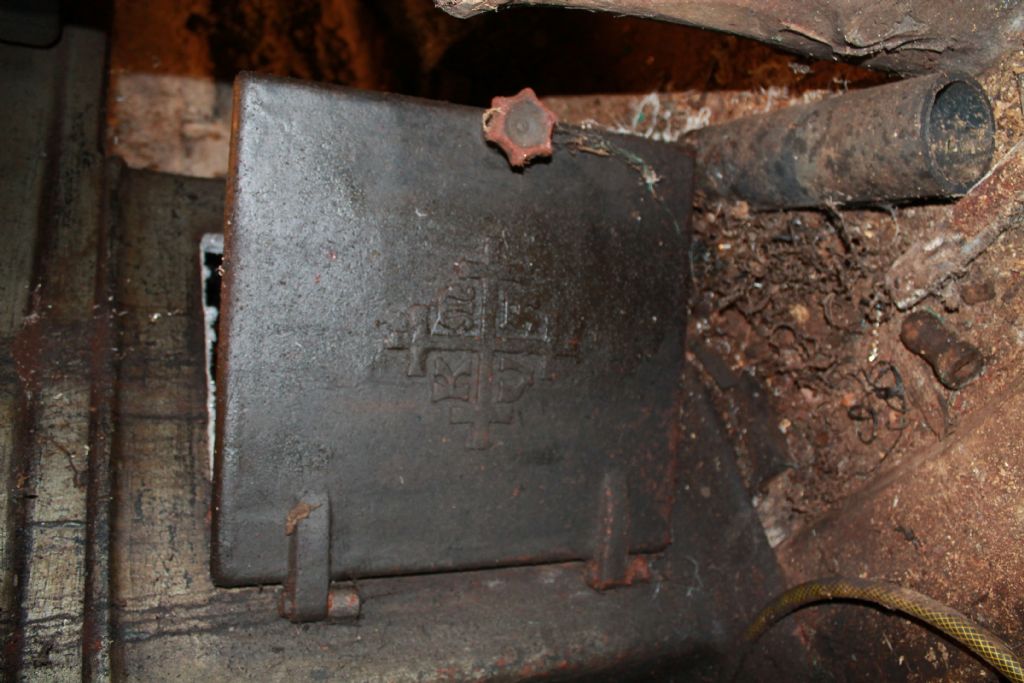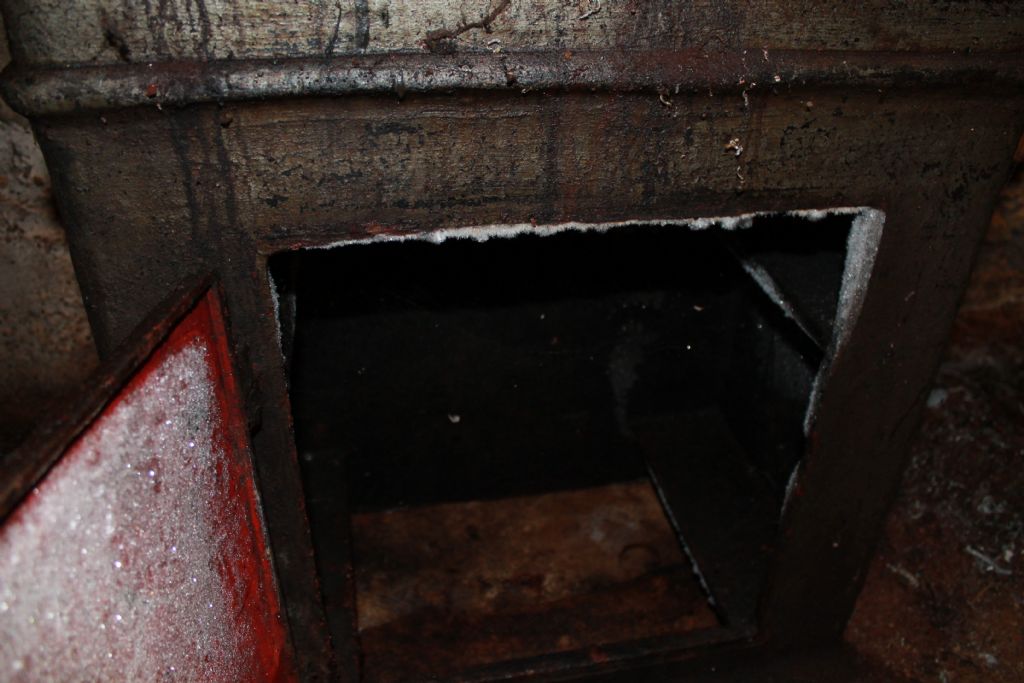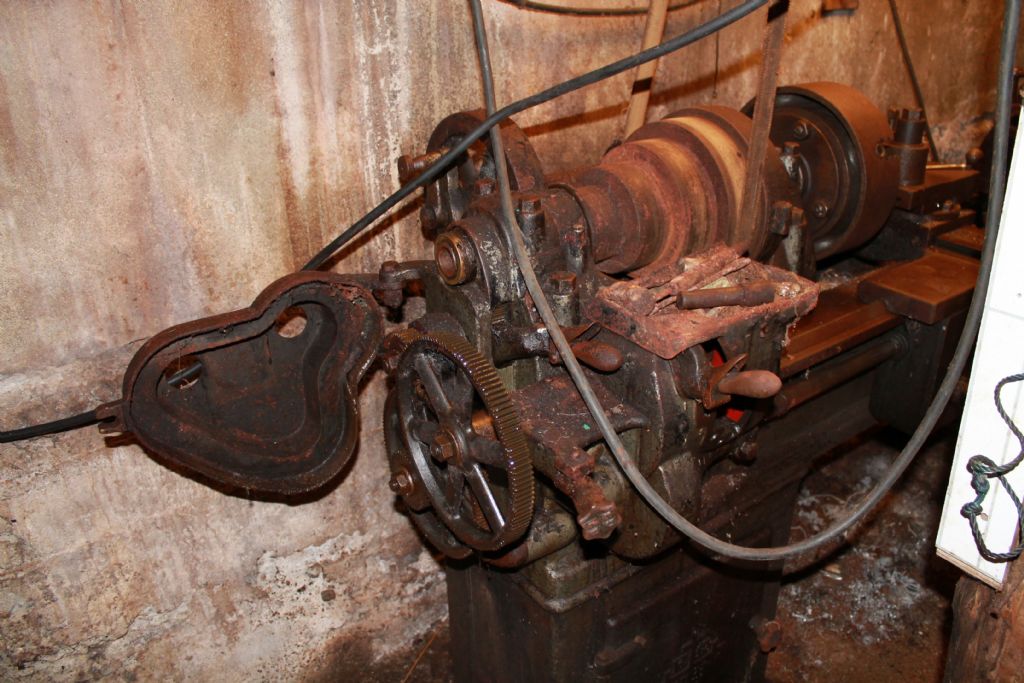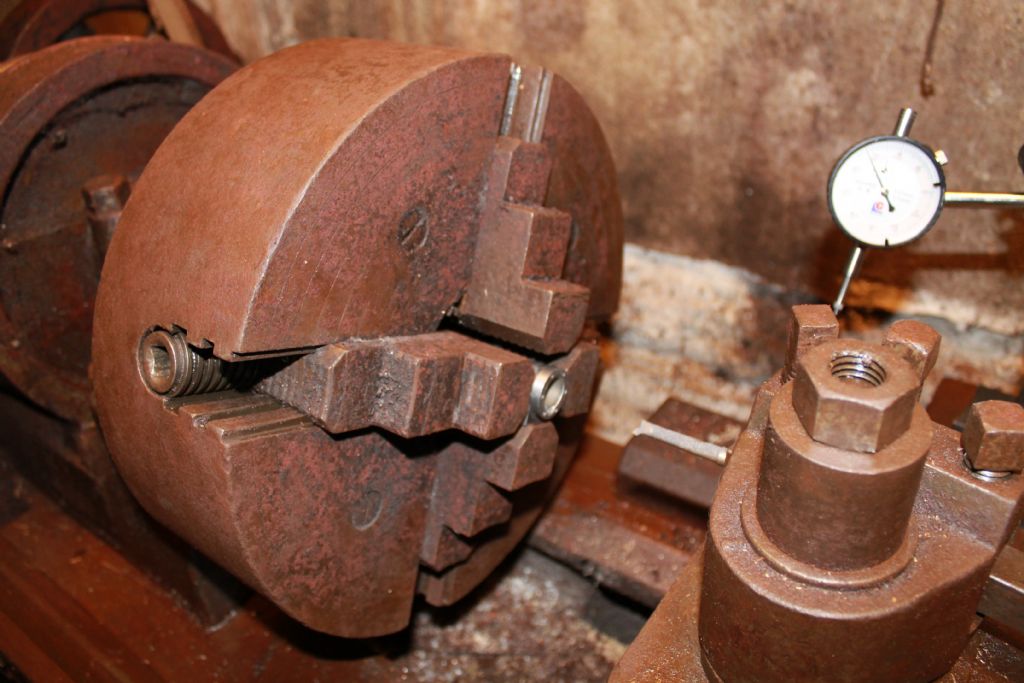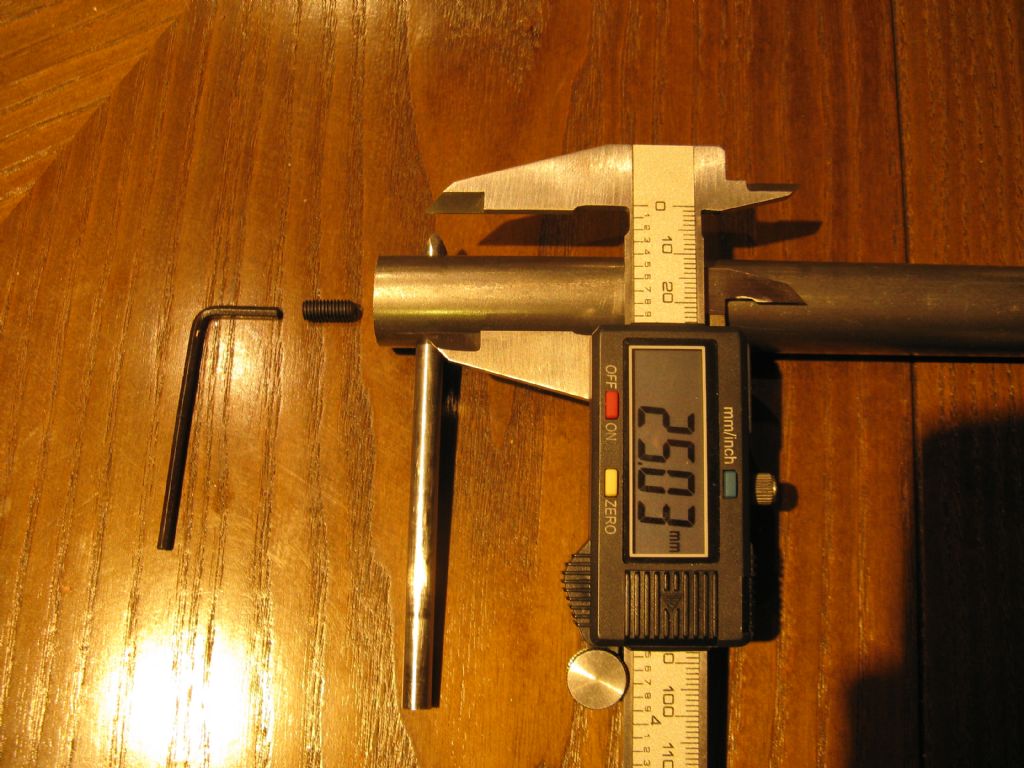Hi Michael,
Thank you. I'm gradually learning that with a good lathe, good stock, simple tools and some knowledge I can achieve very good surface finishes. It's very rewarding. (Especially after previous setbacks using poor quality steel stock.)
I'll push forward with ordering the stock for the piston and cylinder – I think once that's done it'll give me more confidence. Thanks for pushing me on.
I'll be delayed a bit waiting for parts to come through (the circular saw I use hasn't had a new blade in years and is completely blunt so I've got to wait for a new blade for that – 1 week delivery time, also 3 week delivery time on stock).
>Sharp reamers only become unstable and produce chattered and out of round bores if they are either run too fast or given too much metal to remove
Thank you. I've read so much about reamers that's confused me. I'll plan the machining and let you know how much I plan to leave for the reamer so that I make sure I get it right.
Is there any good web page giving the speed of rotation and depth of material to leave for the reamer for reaming different materials? Is there any rule of thumb to know whether to feed a reamer "snow and steady" or to "woodpecker" it?
I'll check my reamers to see if I can use your 'null ream' trick.
>with very sharp but rounded end tool .
Thanks – I made one of those last week and tested it turning – have come to the conclusion that it's good to test a boring tool turning some scrap to see what sort of surface finish it gives before using it for boring – I'll post a photo so that you can have a look at it and make sure it's OK
One quick specific question:
I make my HSS lathe Tools on a normal garage coarse and fine grinding wheel but I'd like to finish them on a diamond grinding wheel – what grit of diamond wheel should I use and should I use soft-bonded or hard bonded? (I'm guessing about 600 or 800 grit and soft bonded but that's just a guess.) (At the moment I use an inexpensive set of diamond stones to finish the HSS tools – a wheel would cost a bit more but be quicker and easier.)
Will
Paul Lousick.


